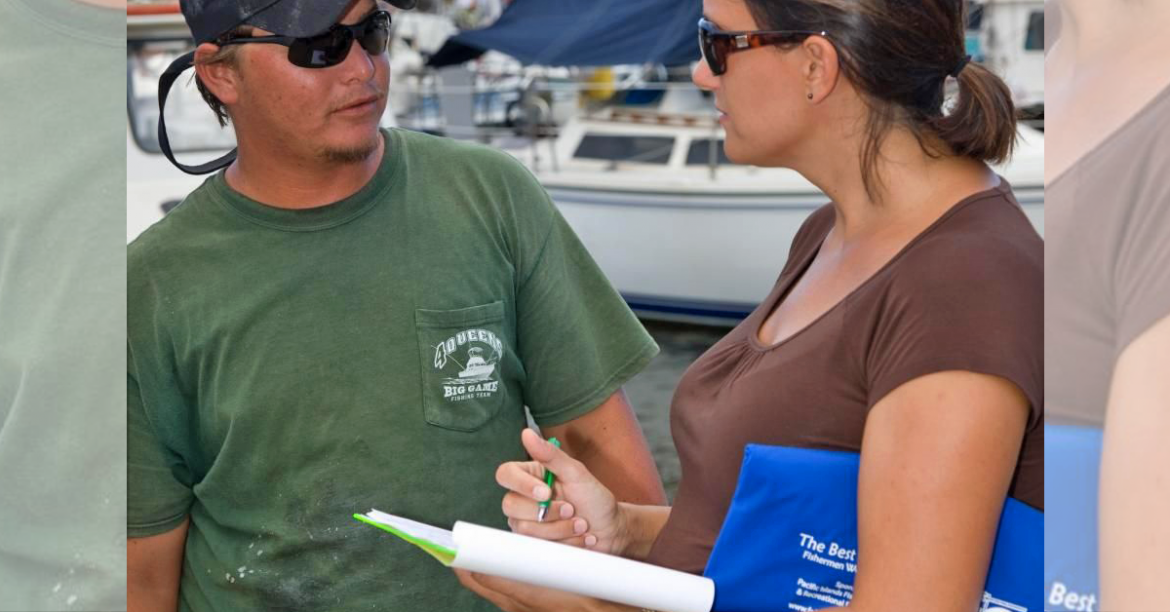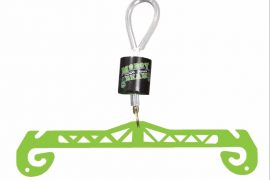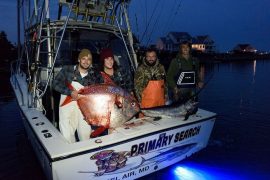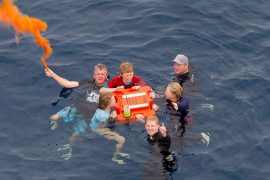Effective fisheries management relies on knowing what’s happening on the water, including how often anglers fish, when and where, and what they catch, keep, and release. That information comes directly from anglers and captains, and we’re committed to making the data collection process as understandable and transparent as possible.
Getting these numbers right is so important because recreational fishing has such a significant impact on the lives and livelihoods of millions of Americans. Not only is it part of our cultural heritage, it is also a vital part of our economy. According to the most recent release of the Fisheries Economics of the United States, in 2014 alone, anglers spent $4.9 billion on trips and another $28 billion on everything from rods and reels to fishing boats; they also supported approximately 439,000 jobs.
Accurately estimating the activities of millions of anglers is a complex challenge, but it provides key information for scientists and managers to help assess and maintain healthy fish stocks. In 2004, NOAA Fisheries requested the National Academies of Sciences —the nation’s premier source of independent, expert advice on scientific, engineering, and medical issues—to review our saltwater recreational information collection efforts. Based on their recommendations, the agency established the Marine Recreational Information Program, or MRIP. Working as a regional, state, and federal partnership, MRIP collaboratively develops, improves, and conducts surveys of anglers to measure their saltwater…





